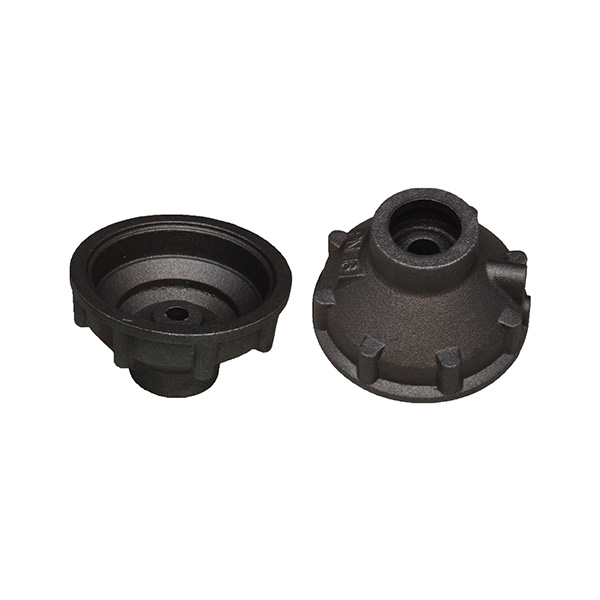Mobile:+86-311-808-126-83
Email:info@ydcastings.com
Sand Casting - Precision Manufacturing Solutions
Understanding Sand Casting A Time-Honored Manufacturing Process
Sand casting is one of the oldest and most versatile metal casting processes in the manufacturing industry. It involves creating a mold from sand, into which molten metal is poured to form various metal parts. This process has been utilized for centuries and continues to be a popular choice due to its simplicity, adaptability, and cost-effectiveness.
The fundamental principle of sand casting lies in its ability to form intricate shapes and sizes. The process begins with the preparation of a pattern, which is a replica of the final product. This pattern is typically made from metal, plastic, or wood and is used to create a cavity in the sand. The preparation of the mold involves mixing silica sand with a binder, which gives the sand its desired properties — notably its ability to hold shape during metal pouring.
Once the mold is created, the next step is to heat the metal until it becomes liquid. Common metals used in sand casting include aluminum, iron, and bronze. The choice of metal depends on the desired properties of the final product. After the metal reaches the appropriate temperature, it is poured into the mold. The molten metal fills the cavity created by the pattern, taking on its shape as it cools and solidifies.
sand casting

One of the remarkable advantages of sand casting is its ability to produce large and complex components
. The sand mold can accommodate various sizes and geometries, making it suitable for everything from small intricate parts to massive industrial components. Additionally, the sand can be reused multiple times, further enhancing the sustainability of this method.However, sand casting does have its limitations. One of the main issues is the surface finish of the castings. The texture produced by sand molds is typically rougher than that of other casting methods, such as die casting. This can require post-processing operations, such as machining or surface treatment, to achieve a smoother finish or tighter tolerances.
Furthermore, the dimensional accuracy of sand casting might not be as high as in other processes. Variations in sand properties, mold setting, and metal cooling can all influence the final dimensions of the casting. Nonetheless, modern advancements in sand casting techniques, including computer-aided design (CAD) and improved mold materials, have significantly enhanced precision and repeatability.
In conclusion, sand casting remains a vital technique in the manufacturing landscape. Its unique blend of flexibility, cost-efficiency, and capacity for producing a broad range of metal parts makes it an invaluable process, especially in industries such as automotive, aerospace, and machinery. Despite its limitations, ongoing innovations continue to refine and improve the sand casting process, ensuring that it remains relevant for future generations. As technology evolves, we can expect sand casting to adapt, enabling the creation of even more intricate and precise components to meet the growing demands of modern manufacturing.
-
Why Should You Invest in Superior Pump Castings for Your Equipment?NewsJun.09,2025
-
Unlock Performance Potential with Stainless Impellers and Aluminum End CapsNewsJun.09,2025
-
Revolutionize Your Machinery with Superior Cast Iron and Aluminum ComponentsNewsJun.09,2025
-
Revolutionize Fluid Dynamics with Premium Pump ComponentsNewsJun.09,2025
-
Optimizing Industrial Systems with Essential Valve ComponentsNewsJun.09,2025
-
Elevate Grid Efficiency with High-Precision Power CastingsNewsJun.09,2025











